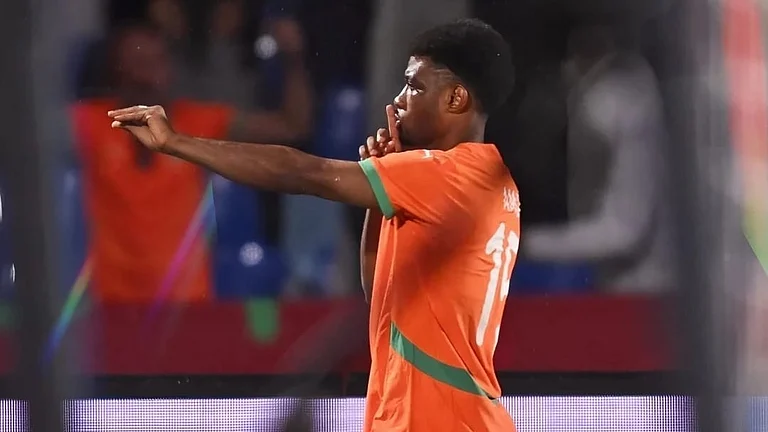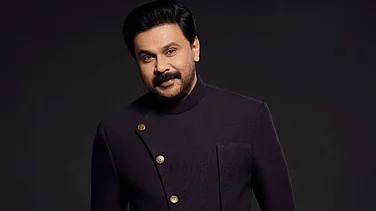The haunting reverberations of a Kurdish girl’s song in Jafar Panahi’s short film, Hidden, keeps us fascinated and leaves us craving for a glimpse of the singer who can be heard but must remain hidden. The girl, who has a preternaturally gifted voice and lives in a Kurdish village in Iran, is at the heart of the 18-minute film; however, she speaks and sings from behind a curtain. This is the only way the audience senses her presence in the film for a couple of minutes towards the end. Her presence is ephemeral but by no means evanescent as her song has a lingering effect on the viewer on several levels. In his inimitable style, which always makes intriguing use of self-reflexivity, the acclaimed Iranian filmmaker portrays the multiple layers of struggles that women in his country face day in day out.
Panahi’s movies garner special attention as he has been banned from making movies in Iran since 2010. He has nonetheless continued making movies which were screened and won many awards at Cannes, Berlin and other international film festivals. Panahi was arrested last year for protesting the detention of two fellow filmmakers who had been critical of Iranian authorities. In jail, the filmmaker had announced a hunger strike saying, “Today, like many people trapped in Iran, I have no choice but to protest against this inhuman behaviour with my dearest possession—my life.” All his films, including 3 faces and Hidden, have assumed new meaning and significance as they show how a director makes courageous artistic decisions while tackling the political pressure which is ever poised to stifle an artist’s creative voice. Panahi was released two days after announcing the hunger strike last month.
Unlike his other films such as No Bears—in which there are at least two parallel stories connected through Panahi who appears as his true self (as a director, that is)—Hidden blurs the lines between documentary and fictionwhere Panahi retains self-reflexivity by appearing as the director of this film. He is accompanied by his daughter and a theatre director who also appear as their true selves. It is only when the film ends with the Kurdish girl singing that the viewer feels that this film could be placed somewhere between a documentary and fiction.
Hidden begins in a busy square in Mahabad town in western Iran. His daughter Solmaz is with him. When they are soon joined by their theatre director/friend Shabnam Yousefi, Panahi starts driving a black SUV. After pleasantries are exchanged between Solmaz and Shabnam, Panahi tells Shabnam that he and Solmaz are recording the journey on video, and asks her where they are going and why. As Shabnam speaks up, we realise that the three have embarked on a journey to meet the Kurdish girl and her parents. The conversation that follows during the ride sets the backdrop against which the film is meant to be understood.
Shabnam is working in a play featuring women. Although she has been successful in finding female actresses for her play, she has yet to find a female singer. She has come to learn of a gifted singer whom she describes as a ‘true soprano’. Shabnam feels that the singer is eager to work with her but is stymied by her parents to say yes. That’s where, she says, Panahi, the director, comes in. Referring to his film 3 Faces by way of an explanation, she says that there is a similarity between that film and her situation. In 3 Faces, Panahi sets off on a similar journey in an SUV with a friend who is a celebrated actress to help an aspiring young actress. “Solmaz and I talked about it in Paris, and she asked you if you’d be kind enough to go there with me, like when you solved the daughter’s problem in 3 Faces,” explains Shabnam.
“But you know that it was a film with a scenario. Reality is different,” replies Panahi. What Shabnam then says perhaps constitutes one of the premises of this film. She says that 3 Faces also represents reality, just in a different setting. In the village where they are headed, these issues are even worse. Therefore, all she expects through Panahi’s involvement is a push for change. If Panahi talks about it in the media, maybe there will be some change, even if only a little. But if people don’t know, she stresses, the problem will never be solved. She also refers to the despicable ritual of female circumcision which, she says, is still practised in nearby villages.
Finally, Panahi agrees to meet the girl and talk to her parents. Upon arriving at the girl’s home, Shabnam approaches the mother who puts up a big white sheet across the middle of a room. From behind the curtain, the daughter sings a song for them. The film ends while the girl sings in her hauntingly powerful voice.
As the effect of the song lingers, the viewer feels that Hidden is as much a documentary as it is fiction, not least because the hidden face brings out a gem that perhaps will remain unexposed in Iranian society, where women have come out to the streets in large numbers to protest against draconian dress codes, provoking further state repression, the white curtain becoming emblematic of their struggle.
(This appeared in the print edition as "Voice from Within")


























